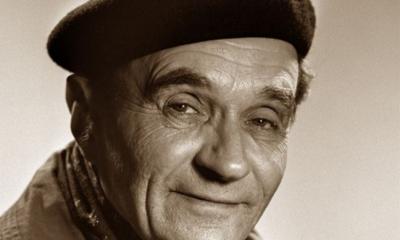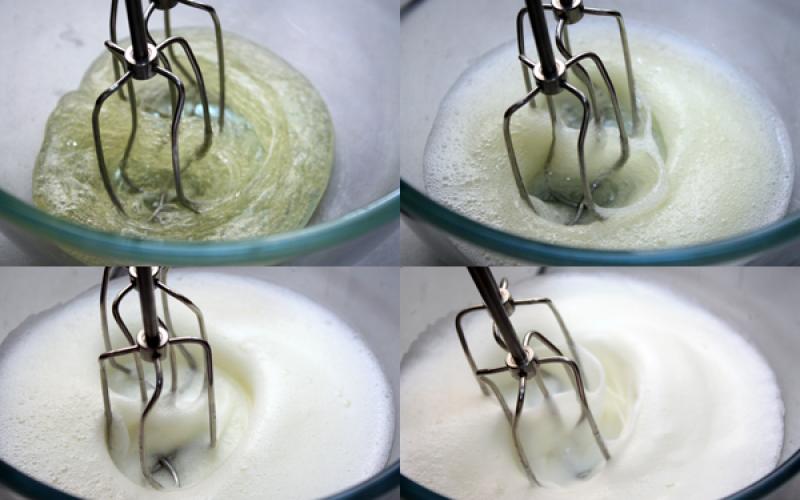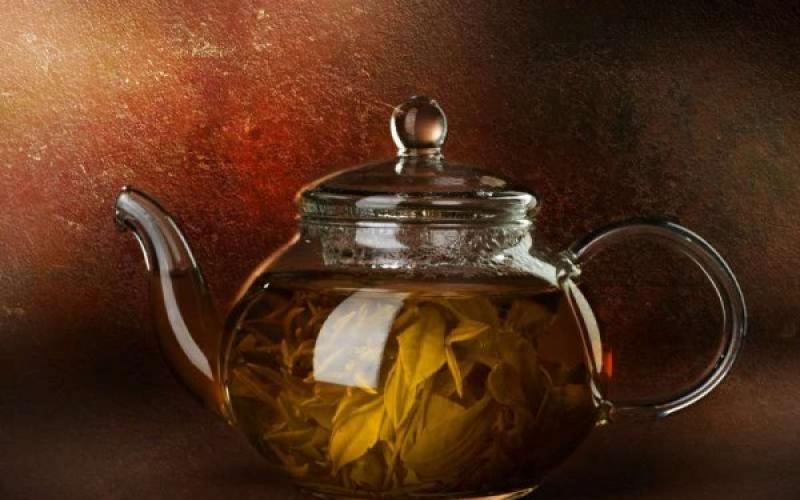SDR - Special Drawing Rights (SDR) - special drawing rights - became the result of the transition of the gold exchange standard to the multicurrency market standard. (SDR) became the basis of the fourth world monetary system - , which began its operation in 1976-1978. Began to be issued since 1970.
Feature and description
The SDR has no real collateral. In other words, it is an artificially created international (supranational) reserve means of payment. The main functions are the regulation of the balance of payments balances, replenishment of the official reserve, settlements - including credit ones - with the IMF, with its help, calculations are made for interest on loans, and so on.
IMPORTANT: Special Drawing Rights is neither a currency (even a virtual one) nor a debt obligation. This means of payment of the IMF and nothing more. The course of this settlement means changes and is published daily.
The exchange rate is calculated based on a basket of currencies. Before the euro era, these were: the US dollar, the German mark, the British pound sterling, the French franc and the Japanese yen. Currently, marks and francs have given way to the euro. The proportion of the four currencies in the basket changes every five years.
The latest quote is dated January 1, 2011. At that time, the share of currencies looked like this:
1. US dollar - 41.9%
2. Euro - 37.7%
3. British pound sterling 11.3%
4. Japanese yen - 11%.
It currently has the status of an international collective currency. Nuance: it is used exclusively for non-cash payments between states that are members of the IMF (and there are about 160 such states in the world). Settlements are carried out by keeping records on the relevant accounts reflecting operations with SDR. SDR banknotes do not exist.
The volume of this means of payment for each particular country is set depending on the quota in the capital of the IMF of this state. Initially, the SDR was a conventional unit with a gold reserve content (which was calculated in terms of the dollar equivalent).
Drawing rights (SDRs)- unit of account of the IMF, which has a conditional character. It is used to provide loans and make payments between countries. In the reserve system, special drawing rights are the sum of the reserve payments of different states. The English name for the term is Special Drawing Rights. The abbreviations used are SDR, SDR, SDR.
- artificially created means for payments and accumulation of reserves, the issuer of which is the IMF. main feature SDR is a non-cash form that looks like entries on bank accounts.
Special Drawing Rights- a type of reserve currency of international importance, issued as an addition to the existing gold and foreign exchange reserves.
Borrowing rights: essence, goals, history
Special Drawing Rights- a system of non-cash accounts, the holders of which can be IMF countries, participants in the system and other organizations (for example, large issuing banks). The use of SDRs by individuals is only permitted to calculate the amount of the contract, for example, the nominal value of securities.
History of appearance. SDRs were introduced in 1969 as a supplement to the participating countries' already existing currency and gold holdings. The main task was to maintain the fixed exchange rate system of the Bretton Woods system. SDRs have their own rate published every day based on a basket of currencies. Since 1981 (before the advent of the euro), the basket included the currencies of five states - the USA, France, Japan, Germany, Great Britain. Since 1999, the currency of France and Germany has been replaced by the euro.
Purposes of Special Drawing Rights:
The introduction of a new settlement instrument, which acts as the basis of the monetary and credit system at the international level;
Departure from the gold standard to Special Drawing Rights (SDR);
Creation of a full-fledged alternative to the US dollar and gold;
Stabilization of the world economy;
Mitigation of the consequences associated with the violation of the balance of payments in developing countries;
Prevention of the development of disproportions caused by the distortion of the balance of payments;
Introduction of a new unit of account for international structures (including the IMF).
Special drawing rights are not included in the requirements of the IMF, nor in the currency. This is a requirement for the currencies of countries that are members of the IMF. SDR holders are entitled to receive these currencies in exchange for their Special Drawing Rights.
Transactions with SDRs are conducted in one of two ways:
By ordinary exchange between countries that are members of the IMF;
By appointing by the Fund representative countries that are members of the IMF and have strong positions in the foreign market. These states make commitments to buy borrowing rights from other countries with weaker economies.
Drawing Rights: Cost, Scope, Results
The initial price of the rights of borrowing (Special Drawing Rights) is 0.888671 g of gold. In 1969, this figure was equivalent to 1 US dollar.
Since 1973, the price of the SDR has been based on a basket of currencies. Since 1999, this basket has included US, UK, Japanese and EU currencies (Euro). Information about the latest price of Special Drawing Rights can be found on the official IMF resource (data are updated daily).

Drawing rights calculation carried out on the basis of the exchange rates for the currencies in the basket. Rates are provided daily by the London Exchange at noon.
The composition of currencies in the SDR basket is reviewed once every 5 years by the executive board (according to the decision of the IMF, it can be done at a shorter time). The last revision was carried out in 2010. At the same time, the weight of currencies in the Special Drawing Rights basket was changed based on the adjusted price of exports of services and goods, as well as the amount of currency reserves held by IMF member countries. The changes took effect from the beginning of 2011. The next revision is scheduled for the end of 2015.
Special drawing rights may apply to:
Receipt by the country of convertible currencies, allowing to regulate the liability of the balance of payments. To purchase the desired currency, the state that has, transfers a certain amount of funds in SDR from a personal account in the fund to an SDR account in another state. In return, the country receives currency;
Carrying out transactions with the IMF (repayment of previously received SDRs in the currency of another country, commission payments, redemption of one's own currency in the IMF);
Making transactions with other countries that are members of the IMF, for example, to buy back local currency in exchange for SDRs.
 Trends and results of SDR application:
Trends and results of SDR application:
Drawing rights accumulated in the accounts of developed countries, which caused tension in relations between countries with a surplus in the balance of payments. The reason is the need to "freeze" foreign exchange assets by the amount of SDRs;
In third world countries, the available volume of SDRs is completely exhausted;
Special Drawing Rights were no longer used to normalize the level of the balance of payments, but to cover obligations to the IMF, make payments on commissions and interest;
A new channel for introducing the US dollar into world circulation has appeared, because most of the SDR is exchanged for this currency.
Be aware of everyone important events United Traders - subscribe to our
HAPPY BIRTHDAY (English Special Drawing Rights (SDR) - special borrowing rights)
international means of payment intended for use for strictly defined purposes by member countries of the International Monetary Fund (IMF) (today more than 150 states are such). SDRs have been issued since 1970. in order to regulate settlements with the IMF and to compare the value of the national currencies of the IMF member countries. Form of release - entries on the accounts of states in the IMF. The SDR was originally secured by gold, today it is any freely convertible currency, which must be provided by the country - the owner of the SDR in the amount of its SDRs. Until July 1, 1974, there was no "currency basket" on the basis of which the value of one SDR was determined. From that date until July 1, 1978, the "basket" included 16 currencies of the capitalist countries. Further, from the indicated date to January 1, 1981, the currencies of some Arab countries were added to them. From the latest date to the present, the SDR "basket" includes the US dollar (42%), German mark (19%), Japanese yen (15%), French franc (12%), British pound sterling (12%).
SDRs are used for settlements between IMF member states and the IMF. as well as for settlements between IMF member states and other states that are not members of the IMF but have joined the SDR system.
Belov V.A.
Law Encyclopedia. 2005 .
Books
- Compression injury of the limb. Collection of articles, Krichevsky Anatoly Lvovich, Sulim Nikolai Illarionovich, Vodyanov Nikolai Mikhailovich. The problem of compression injury of the limb, despite the prescription, does not cease to be relevant. In connection with the catastrophes that have become more frequent in recent decades, where this injury is widespread ...
- Compression injury of the limb, Krichevsky A. The problem of compression injury of the limb, despite the prescription, does not cease to be relevant. In connection with the catastrophes that have become more frequent in recent decades, where this injury is widespread ...
The SDR number is an abbreviation for the phrase "consolidated list of customers". Another name for it is the SDR unique accounting code? You only need to enter the official public procurement website.
Method 1: through or TIN
How to find out the SDR code of an organization after you have entered the official resource of the Unified Information System in the field of procurement? Follow this algorithm:
- On the main page, you will see the line "Search". Enter in it the full official name of the desired organization. However, it is easier and faster to print the company's TIN.
- Press the Enter button or click on the magnifying glass in the search bar.
- If you wish, you can use the advanced search: print PSRN, KPP, location - address, region, federal district.
- Click on the "Find" button.
- If you enter the correct information in the next window, to the left of the company name, you will see the 11-character cipher of the organization.
- How to find out the SDR code yet? In the window from paragraph 5, click on the name of the company. In the first line of the window that opens, you will see this cipher.
Method 2: according to the consolidated register
And one more method that tells you how to find out the SDR code. You will again need to open the main page of the public procurement website. And then - see the algorithm:
- Click on the icon "house" - "Home page".
- In the menu that opens, find "Additional Information", and in it - "Registry of Organizations".
- Enter the TIN or OGRN of the company.
- The system can immediately give you the desired result. Or a window may appear where you need to select a registry. Stop at 44-FZ (93-FZ).
- Go to "Additional Information" on the company card.
- Among other things, you will find the line "Unique Account Number", where the 11-digit SDR cipher will be registered.

That's all simple and quick ways, suggesting how to find out the SDR code. To obtain the necessary information, you need to know very little about the company - the full name or the individual taxpayer code.
Special Drawing Rights(SDR) or HAPPY BIRTHDAY(Special Drawing Rights - SDR) - an artificial reserve and means of payment issued by the IMF. It has only a non-cash form in the form of records on bank accounts, SDR banknotes have never been issued yet.
Special drawing rights are neither debt nor debt obligations. Currently, SDRs, in addition to settlements between the IMF Fund and its members, are used by 14 official organizations, the so-called "third-party SDR holders."
Three states have established their currencies in SDRs (there were 11 in the late 1980s); about 10 international and regional organizations use the SDR as a unit of account. A number of international organizations use SDRs to express monetary values in them: prices, tariffs for communication services, for transportation, etc. SDRs are also used to regulate balance of payments, to cover balance of payments deficit, replenishment of reserves and settlements on IMF loans.
This means of payment was created by the IMF in 1969 as an addition to the existing reserve assets of member countries. The main purpose of creation: overcoming Triffin's paradox within Bretton Woods Monetary System- contradictions between the international character of use and the national nature of currencies.
SDR (SDR) rate and currency basket
The SDR rate is published daily and is based on the dollar value of a basket of four major currencies:
- (41.9%)
- (37.5%)
- Yen (9.4%)
- Pound sterling (11.3%).







